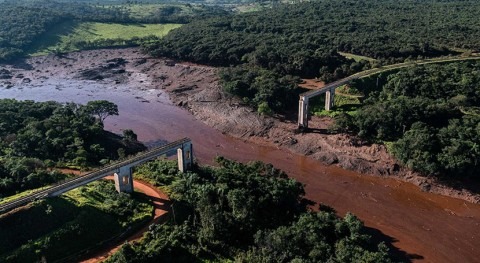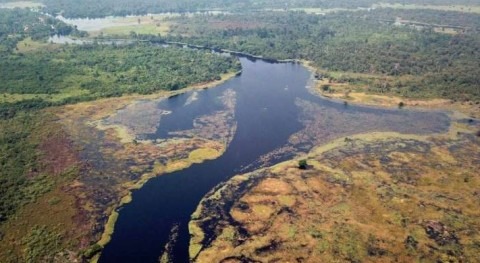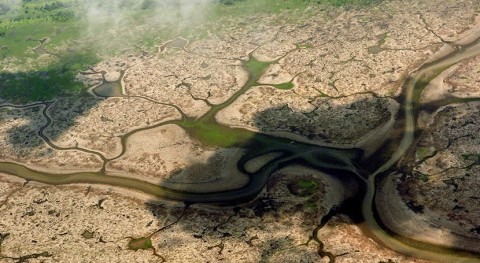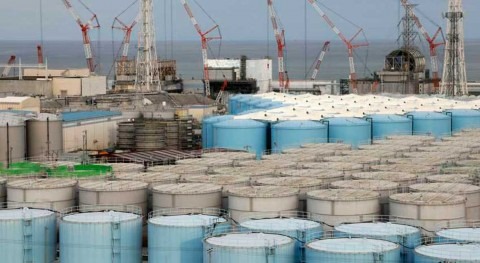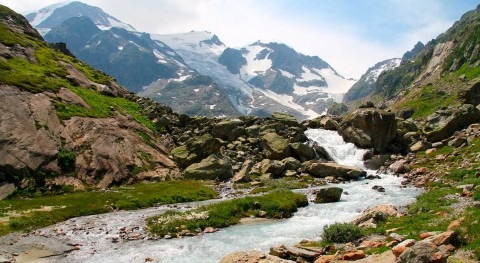The amount and location of available terrestrial water is changing worldwide. An international research team led by ETH Zurich has now proved for the first time that human-induced climate change is responsible for the changes observed in available terrestrial water.
Water is the lifeblood of ecosystems and one of the most important natural resources for human beings. But available terrestrial water – that is, the amount of water left from precipitation after evaporation – is not just distributed unevenly across the planet, it is also changing over time. Observations show that the available volume of water has been falling in some regions of the world for a few decades. One example is southern Europe, where aridity is increasing. But in other areas water supplies are trending upwards.
The causes of this change in water availability pose an urgent question – and not only for those countries suffering from acute water shortages. Is anthropogenic climate change to blame, or is it simply random fluctuations in the climate system? To date, there has been no definitive answer at a global level.
Is anthropogenic climate change to blame, or is it simply random fluctuations in the climate system?
World water dynamics over 112 years
It is scientifically indisputable that increased atmospheric concentrations of CO2 influence the complex global water cycle in various ways. But until now it has been impossible to prove a direct effect of global warming on available terrestrial water resources over recent decades. The historical observation series, sometimes too brief and qualitatively inadequate, did not enable exclusion of natural climate variability as the cause of the changes observed.
Now, an international research team led by Sonia Seneviratne, ETH Professor of Land-Climate Dynamics, has proved this. As the scientists report in the current edition of Nature Geoscience, they reconstructed worldwide water availability in the driest month of years between 1902 and 2014 using climate models and new observations-based data.
In order to determine how water availability changed over time, the researchers compared the reconstructed water resources of the years 1985 to 2014 with those of the first half of the 20th century. In this way they mapped out a global pattern of changes in available water over the past three decades. In this pattern, the researchers found the fingerprint of climate change.
Climate signal detected through simulation
“We were able to show that this global pattern of observed changes is consistent with the effects of human-induced climate change and highly unlikely to be the product of natural fluctuations,” says Ryan Padrón, a postdoc in Seneviratne’s group and lead author of the study.
It is not possible to prove the effect of climate change directly in an observation series. To verify its role, the team used what is known as the attribution method. This involves a comparison of observational series with simulations of climate models calculated both with and without human-made CO2 emissions. “If only the model simulations with human influence agree with the pattern of observed changes, as is the case here, we can conclude that a response to climate change is verifiable in the observations,” explains Padrón.
We were able to show that this global pattern of observed changes is consistent with the effects of human-induced climate change and highly unlikely to be the product of natural fluctuations - Ryan Padrón
Drier dry seasons in extratropical areas
Seneviratne adds: “Our study is the first to establish at a global level the connection between the water availability during dry seasons, which is so important to society and ecosystems, and human-induced climate change. The results also show a tendency towards greater aridity in the northern mid-latitudes – which include, for example, Switzerland – where conditions have become drier in summer months.”
In general, the reconstructed water availability data point to more intense dry seasons in extratropical latitudes. Affected regions include Europe, western North America, northern Asia, southern South America, Australia, and East Africa. The researchers note that the increased intensity of dry seasons is generally caused by greater evaporation (due to higher temperatures and radiation) rather than reduced precipitation.
But there are also regions in which the volume of available water has increased in dry seasons, including the interior of China, south-east Asia and the Sahel region.





